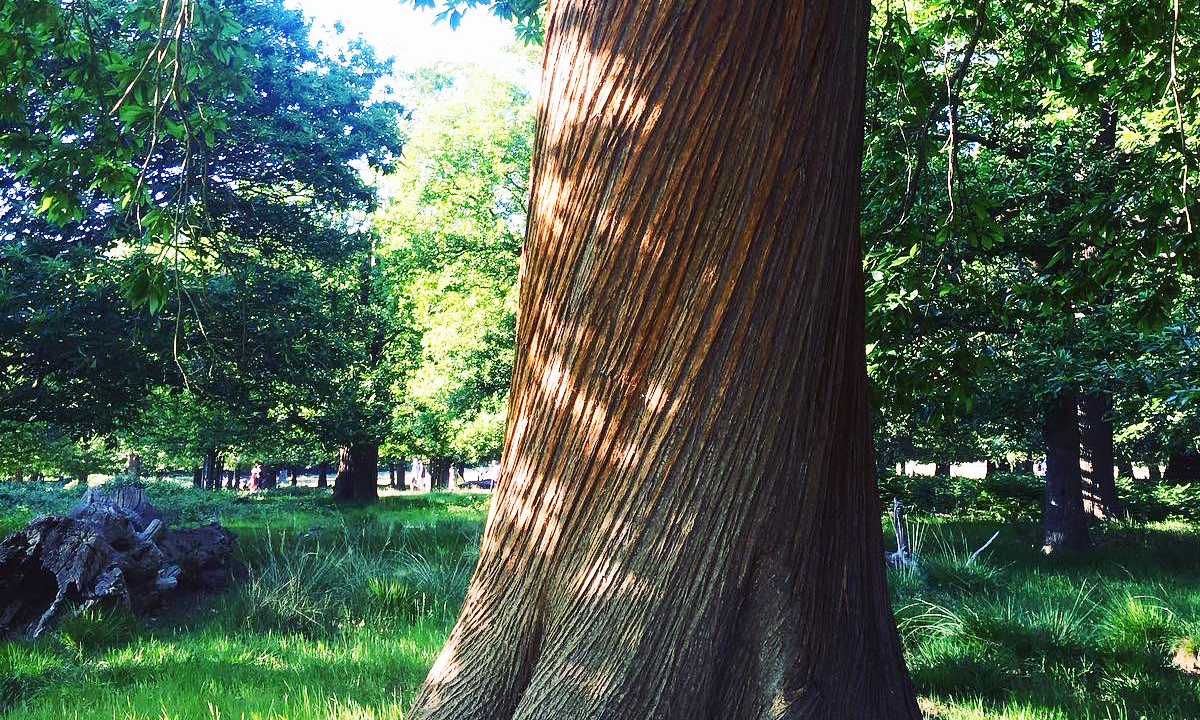
This one phrase: “ Inhaling the plant’s immune system” has stuck with me since I read it. (In a newsletter from Jonathan Hinde at Oshadi).
This means that when we go for our walk in nature, particularly in a wood or forest or on a wild track where we are surrounded by wild growing herbs and trees, we are literally breathing in the plants immune system and coating the mucous membrane of our lungs with millions of years of plant evolution! Just sitting with that thought has left me incredulous!
I mean we all know we feel better after a walk in the woods or park. We all know nature brings out the calm in our own nature. We can read about how in Japan, forest bathing known as shinrin-yoku, is prescribed by doctors as a critical factor in the fight against diseases of the mind and body.*
The great new for us is that we can recreate this “inhaling of the plant’s immune system” by diffusing essential oils or using a personal inhaler.
We are bringing an extraordinary life supporting powerful complex of fragrant volatile “living” molecules directly into our personal living or work space and lungs.
In these times more than ever we know that supporting our immune system is paramount in optimising our safety against virus and disease.
So if you are not already diffusing or using a personal portable inhaler (like our ‘Calm’ Bundle), then now is the time to really harness the power of plants. I promise you, once you have used a diffuser or personal inhaler , you´ll never look back. They become part of your self care, health care, nature supporting daily rituals.
Which diffuser/s do I recommend?
The purpose of a room diffuser is to deliver the essential oil to the receptors in our nose in as pure a form as possible, with as little waste as possible. Ideally this will mean not heating it, and certainly not overheating it.
Traditional Candle or Tea Light Diffusers
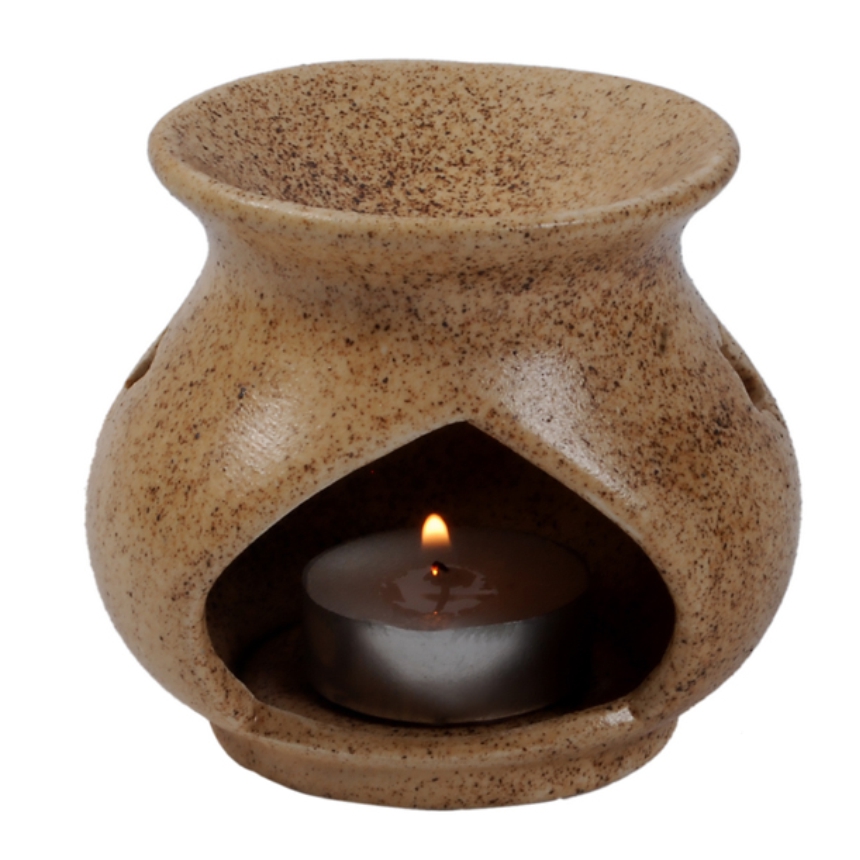
These are the diffusers which you will find in many gift shops. They include a water bath into which you put a few drops of essential oil and then light a candle or tea light underneath. This warms up the water and diffuses the essential oil into the room. If you like candles, they create a wonderful ambience. However it is impossible to regulate the temperature of the water and therefore the temperature of the essential oil. They often overheat and will burn the oil if you’re not careful, oxidising it and significantly decreasing the therapeutic value. There is also the potential hazard associated with naked flames.
Microdiffuser
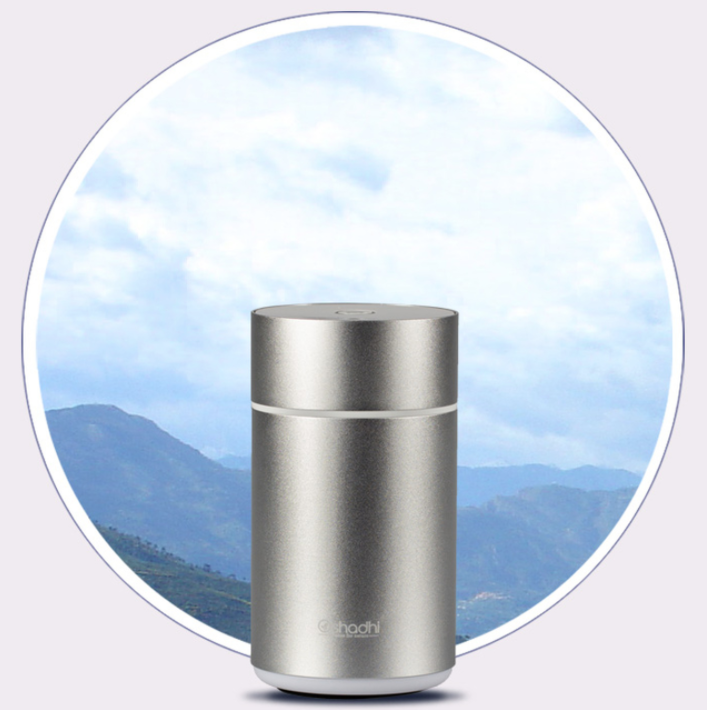
A Nebuliser passes a jet of air across a small filament which is connected to a reservoir of essential oil. The air causes the oil to turn into tiny droplets which are then diffused into the room. In many ways this is the purest and most natural way to diffuse essential oils since there is no heating. The only downside is that they require a small electric motor to create the jet of air, so they are seldom completely silent.
Ultrasonic Diffusers
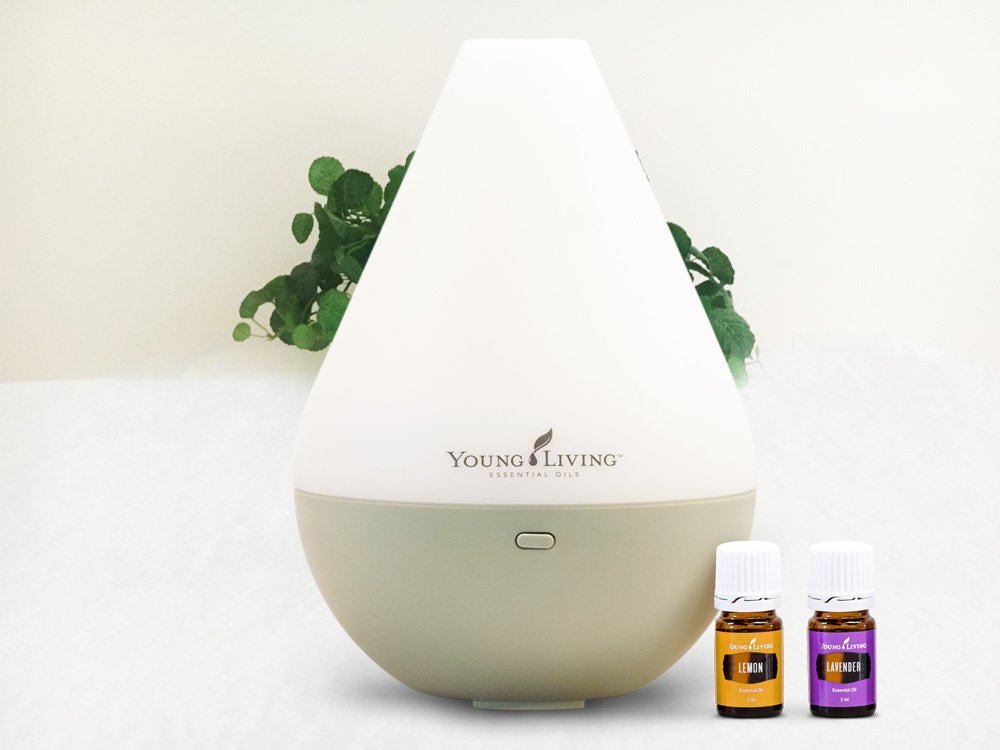
Over the last 15 years or so Ultrasonic Diffusers have become very popular and you will see them giving out puffs of ‘cool steam’ as part of their fragrancing effect. They look great, often have different coloured lights, are programmable and wonderfully convenient, easy to clean, safe, quiet and effective. However they are for some people a little controversial because of the way they work.
What they do is to create a vibration of sound waves at frequencies greater than 20,000Hz. This is too high pitched for human hearing, but many animals, such as dogs, cats and bats can hear ultrasound. However, the controversy is not because they may irritate your pets but rather because some people feel subtle negative effects from being exposed to ultrasound. Furthermore there is a feeling that they may disturb and adversely affect the subtle energetic value of the oil.
This is not something I have personally noticed and I have been using a variety of diffuser brands daily for over 5 years now. We have two pretty much on the go in our house daily and a third one for when I need it in my bedroom. Of course there is how big a space you have and therefore how big a diffuser you should buy, but generally a 300ml or 500ml water tank in the diffuser will be sufficient for most rooms and then the choice of design and cost is completely at your discretion. I have bought diffusers ranging from £22 to £122.
Fresh Air Fan Diffusers

Some diffusers require you to put some drops of oil on a pad through which a fan blows cool air. This sounds very simple, but in all honesty I have never found these to be particularly effective. They use up a lot of oil and don’t give much aroma. They also have an electric motor so are subject to noise issues.
Personal Diffusers
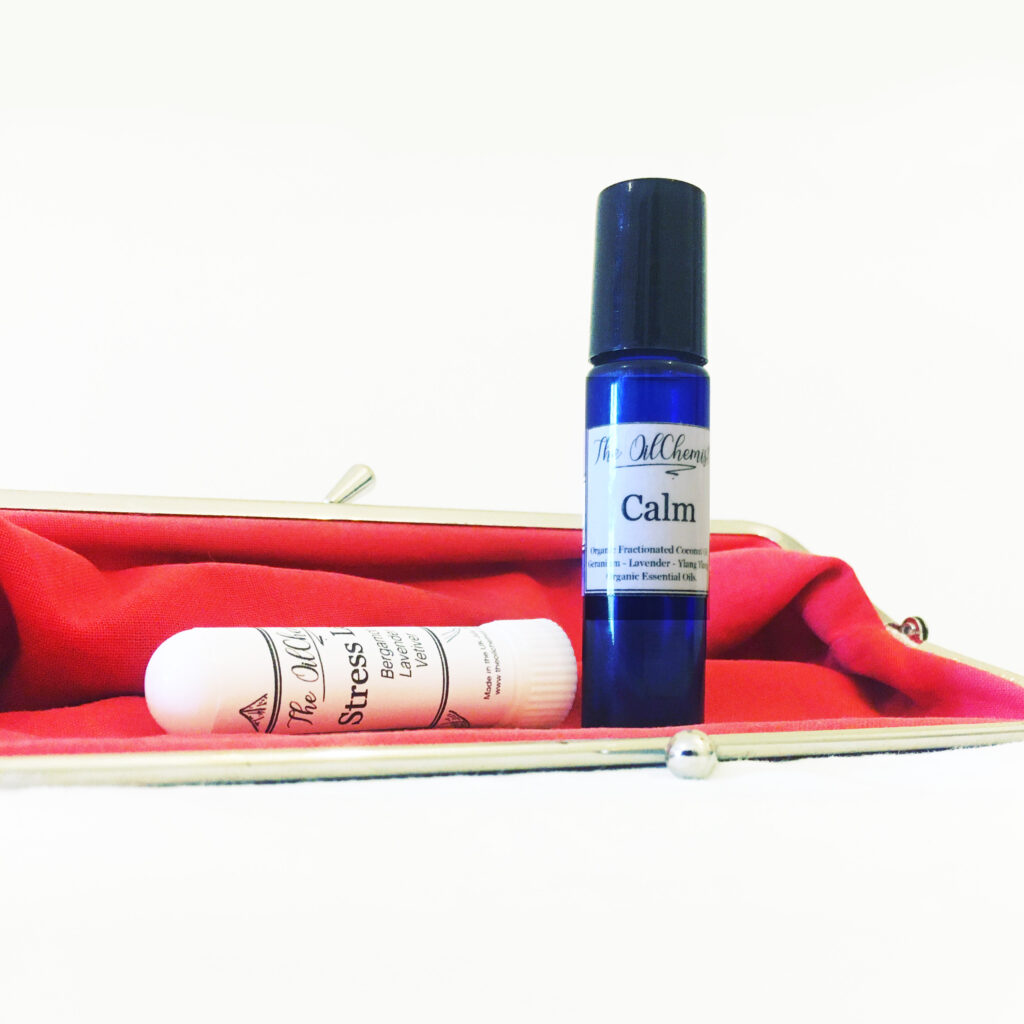
Hospitals and hospices are increasing aware of the value of diffusing essential oils to patients, but a room diffuser will also deliver it to everyone else on the ward. Personal inhalers overcome this problem. Inhalers are portable and whenever you need them they are at hand in your handbag or pocket. I have had great success with clients suffering panic attacks or situational anxiety using Inhalers, specifically incorporating Bergamot into the blend. My son used his inhalers throughout chemotherapy treatment and afterwards for some of the side effects of a heavy treatment protocol. You can read more about my inhalers in my article on Bespoke Essential Oil Blends.
I cannot over emphasise the power of inhaling a plants immune system to support our own mental and physical health. If you can get out for a walk in nature, breathe fully and deeply and be conscious of the power or the aromas around you. If you cannot, then please try to bring the health of plants into your life, home and work place. Just write to me if you want any tips or advice after reading this blog and I’ll be happy to try and help.
Keep well.
Kay.x
*If you have time read this article “Getting back to nature: how forest bathing can make us feel better” by Harriet Sherwood, The Guardian, 08/06/2019.
